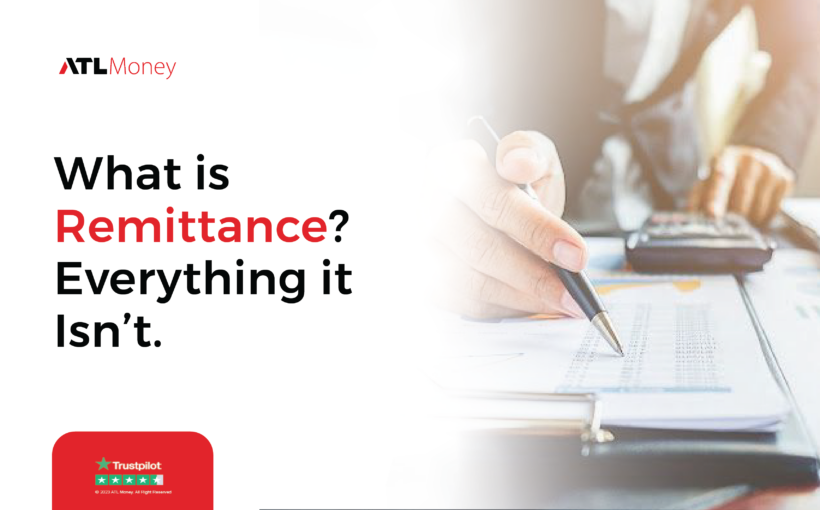When you send money abroad, the term “remittance” often comes up. However, understanding what remittance is and what it isn’t is crucial for anyone involved in international money transfers.
This blog will provide a clear overview of remittance, dispel common misconceptions, and highlight important aspects to consider when sending money abroad.
Understanding Remittance
Remittance refers to the transfer of money by a foreign worker to an individual, usually a family member, in their home country. These funds are vital for many households and play a significant role in the economies of developing countries.
Remittances can be sent through various channels, including banks, money transfer operators (MTOs), and online platforms.
What Remittance Isn’t
To better understand remittance, it’s important to clarify what it isn’t:
Not Just Charity: While remittances often support families, they are not simply acts of charity. They are crucial for covering basic needs, education, healthcare, and small business investments in many regions.
Not Limited to Formal Channels: Remittances are not exclusively sent through formal financial institutions. Informal channels, like sending money through friends or unregulated services, also play a role, although they can be riskier.
Not Always Costly: A common misconception is that sending money abroad is always expensive. While some methods incur high fees, many services offer competitive rates and low-cost options, making it affordable to send money abroad.
The Importance of Remittance
Economic Impact: Remittances are a significant source of income for many developing countries. They contribute to economic stability and growth, often surpassing foreign direct investment and official development aid.
Family Support: For many families, remittances are a lifeline. They provide funds for essential expenses, such as food, education, and healthcare, improving the quality of life for recipients.
Business Development: Remittances can also fund small businesses, fostering entrepreneurship and economic development in recipient countries.
Choosing the Right Method to Send Money Abroad
When you need to send money abroad, choosing the right method is essential. Here are some key points to consider:
Fees and Exchange Rates: Different providers charge varying fees and offer different exchange rates. It’s important to compare these costs to ensure you get the best deal. Look for providers with low fees and competitive exchange rates to maximize the amount received by your recipient.
Transfer Speed: The speed of the transfer is crucial, especially if the funds are needed urgently. Some services offer instant transfers, while others may take a few days. Balancing speed and cost is important; faster transfers often come with higher fees.
Security and Reliability: Ensuring that your money reaches its destination safely is vital. Choose a service that is regulated by financial authorities and has robust security measures in place. Look for providers with a track record of reliability and positive customer reviews.
Convenience: The convenience of sending and receiving money can’t be overstated. Some services offer multiple transfer methods, including bank transfers, cash pickups, and mobile wallets. Select a provider that offers the most convenient options for both you and your recipient.
Conclusion
Understanding what remittance is and what it isn’t helps you make informed decisions when you need to send money abroad. Remittances are vital for supporting families and economies, and choosing the right service can ensure that your money reaches its destination safely and efficiently.
By considering factors such as fees, transfer speed, security, and convenience, you can select the best method for your needs.
Ready to send money abroad easily? Try ATLMoney for a fast, secure, and cost-effective transfer experience.
